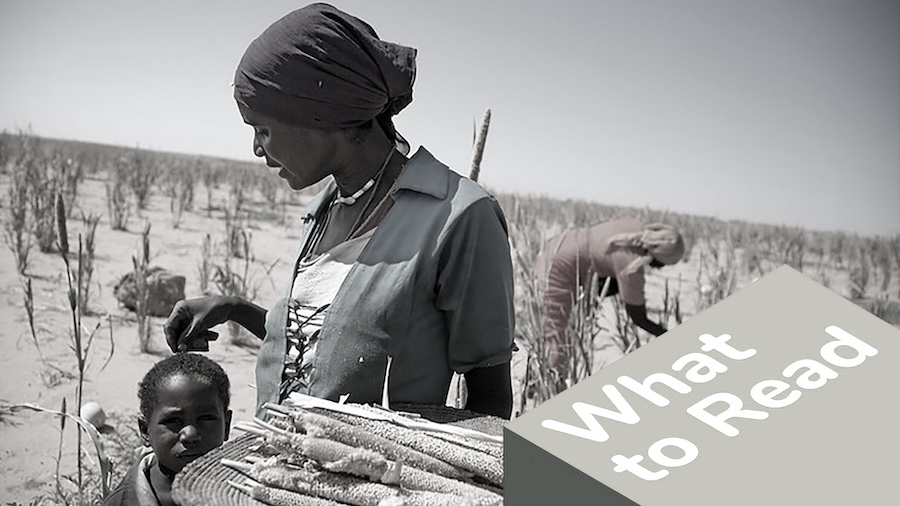Our latest What to Read digest said:
Fact one, some studies suggest that women are responsible for half of the world's food production, and in some developing nations they produce between 60 and 80 percent of the food.
Our partners at Landesa and International Food Policy Research Institute responded and alerted us that these figures are greatly contested.
While working for Yale University in 2014, researcher Cheryl Doss reviewed the data behind the 60-80% statistic and concluded that this figure is highly implausible because the best available data indicate that women actually represent little more than 40% of the global agricultural workforce, including in sub-Saharan Africa. She argues: “It could still be the case that women farmers work many more hours than men in agriculture, but the limited time use data does not provide statistical support for this proposition.”
After this alert, we did some further research, and added the latest Doss’ article on this topic to our list of reviewed publications in the digest, as well as a note explaining this data debate. We realized that the unconfirmed 60-80% statistic likely comes from an old FAO report from the 1990’s. Yet, this figure continues to circulate widely – including a 2023 blog published on FAO’s website preserving the apparent ‘myth’.
Like many, we at the Land Portal are susceptible to common, yet unsubstantiated, statistics. We have removed the word "fact" to describe the figures. But rather than removing the figures entirely, we’re issuing this addendum because we believe that if we approach these situations with curiosity and an open mind, there is lots to learn. This event showed us that, even if the numbers are highly implausible, the sentiment that women are still disadvantaged in accessing land and in their work in agriculture is not. We must, however, always double check the available data, consider whether/how it is contested and the purposes that the different numbers or interpretations may be serving. If you want to check all the sources, see below.
We hope this message sheds some light to this debate, raised by the immensely valuable feedback from our partners and global community of readers. This is to show our appreciation and to encourage you to help us sustain these important conversations about land. And by the way, we have also commissioned research on other myth-busting facts.
Checking the sources
Here's what we discovered with some further research on this topic. Our thanks to Krista Jacobs (Landesa) and Ruth Meinzen-Dick (IFPRI) for pointing us to some of these articles.
>> Origin of the ‘myth’ statistic
It seems that the myth was born out of an FAO publication from the 1990’s: https://www.fao.org/3/x0171e/x0171e02.htm
>> Contestation
There are at least two publications by Doss demystifying the 60-80% statistic:
- Women in agriculture: Four myths (2018) – this is the most recent article on the same topic
- If Women Hold Up Half the Sky, How Much of the World’s Food Do They Produce? (2014) – see the short explanation and full paper
The latest FAO Policy on Gender Equality 2020-2030 also corrects that figure:
Globally women comprise over 37 percent of the world’s rural agricultural workforce, a ratio that rises to 48 percent for low-income countries, and their contribution is prominent in all agricultural subsectors (estimated based on the International Labour Organization models for 2020). P. 3
And other articles/pages as well – they point to a 43% women participation rate in agricultural labour force:
https://blog.mdpi.com/2024/03/04/women-agriculture-food-security/
https://www.fao.org/reduce-rural-poverty/our-work/women-in-agriculture/e...
>> Publications that repeat the unverified figure:
https://pdf.usaid.gov/pdf_docs/pnadr706.pdf, date unknown
https://www.wilsoncenter.org/blog-post/women-smallholder-farmers, 2022
https://www.fao.org/family-farming/detail/en/c/1634537/, 2023

